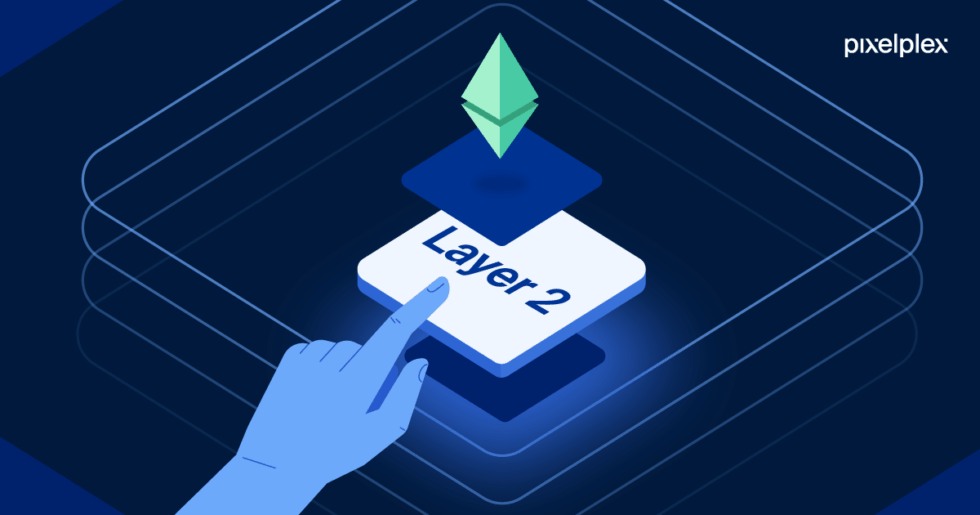
Bitcoin may be the world’s most recognized cryptocurrency, but it’s not without limitations. While it set the foundation for decentralized money, Bitcoin’s network processes only about 7 transactions per second (TPS) — a fraction compared to traditional payment systems like Visa, which handles thousands. As adoption grows, this scalability bottleneck poses a critical question: Can Bitcoin truly serve as a global payment system without compromising security and decentralization?
Enter Layer-2 solutions — technologies built on top of Bitcoin that aim to boost transaction throughput, reduce fees, and enable new use cases without altering the core protocol.
The Scalability Challenge
Bitcoin’s blockchain was designed with security and decentralization as priorities. Every transaction must be validated by thousands of nodes worldwide, ensuring immutability but slowing transaction speed. Block size and block time limitations, though necessary for stability, make mass adoption as a daily payment method impractical on Layer-1 alone.
As usage grows, congestion leads to higher fees — at times reaching tens of dollars per transaction. This is unsustainable for microtransactions like buying a coffee or paying for digital content. Layer-2 scaling offers a workaround.
The Lightning Network: Bitcoin’s Flagship Layer-2
The Lightning Network (LN) is the most widely recognized Layer-2 solution for Bitcoin. It works by creating off-chain payment channels between parties. Here’s how it works:
- Two users lock a certain amount of Bitcoin into a channel.
- They can then transact instantly and cheaply off-chain, updating balances between themselves.
- Only the final settlement is recorded on the Bitcoin blockchain, reducing congestion.
The Lightning Network enables near-instant payments with fees measured in fractions of a cent. By offloading smaller, frequent transactions, LN transforms Bitcoin into a viable medium of exchange rather than just a store of value.
Real-World Adoption of Lightning
- El Salvador, the first country to adopt Bitcoin as legal tender, relies heavily on the Lightning Network for everyday payments.
- Platforms like Strike integrate Lightning for global remittances, making cross-border payments faster and cheaper.
- Major exchanges such as Kraken and Binance support Lightning withdrawals, expanding its reach.
Other Layer-2 Innovations
While Lightning dominates the headlines, it’s not the only Layer-2 approach being explored for Bitcoin:
- Sidechains (e.g., Liquid Network, Rootstock):
- Sidechains run parallel to Bitcoin, pegging BTC into a separate blockchain with different rules (e.g., faster block times).
- The Liquid Network, developed by Blockstream, focuses on faster settlements and privacy for institutions.
- Rootstock (RSK) brings smart contract functionality to Bitcoin, competing with Ethereum-like platforms.
- State Channels & Payment Hubs:
- Similar to Lightning, these allow multiple parties to transact off-chain, with only the final state recorded on Bitcoin’s base layer.
- Rollups (Still Experimental for Bitcoin):
- Inspired by Ethereum’s scaling solutions, rollups batch transactions and post proofs to Bitcoin’s main chain, though adoption here remains early-stage.
Benefits of Layer-2 Solutions
- Scalability: Potential to process thousands or even millions of transactions per second.
- Lower Fees: Off-chain settlement drastically reduces transaction costs.
- New Use Cases: Micropayments, streaming money (per second payments for services), and smart contracts become practical.
- Global Financial Access: By enabling faster, cheaper transfers, Bitcoin Layer-2 could rival traditional financial systems.
Challenges and Limitations
Despite their promise, Layer-2 solutions face hurdles:
- Complexity for Users: Setting up Lightning channels or interacting with sidechains is still more complicated than swiping a credit card.
- Liquidity Management: Payment channels require funds to be locked up, raising efficiency concerns.
- Security Risks: While transactions are secure, poorly managed nodes, wallets, or routing issues can pose risks.
- Network Effect: Layer-2 adoption requires wide participation. Without enough nodes and liquidity, the system struggles to function optimally.
Bitcoin’s Future with Layer-2
Layer-2 scaling doesn’t just address Bitcoin’s technical bottlenecks — it redefines what Bitcoin can be. Instead of a “digital gold” limited to being a store of value, Layer-2 allows Bitcoin to function as a day-to-day payment system, a settlement layer for banks, and even a platform for decentralized applications.
The success of these solutions will likely determine whether Bitcoin can move beyond being a speculative asset and evolve into a true backbone of the global financial system. With major exchanges, fintech startups, and even governments adopting Lightning and sidechains, the momentum is clear.
Final Thoughts: Scaling Without Compromise
Bitcoin’s strength has always been its uncompromising security and decentralization. Layer-2 solutions preserve those core features while expanding functionality. The path isn’t without challenges, but the trajectory is undeniable: if Bitcoin is to scale for billions of users, the future lies in Layer-2.









